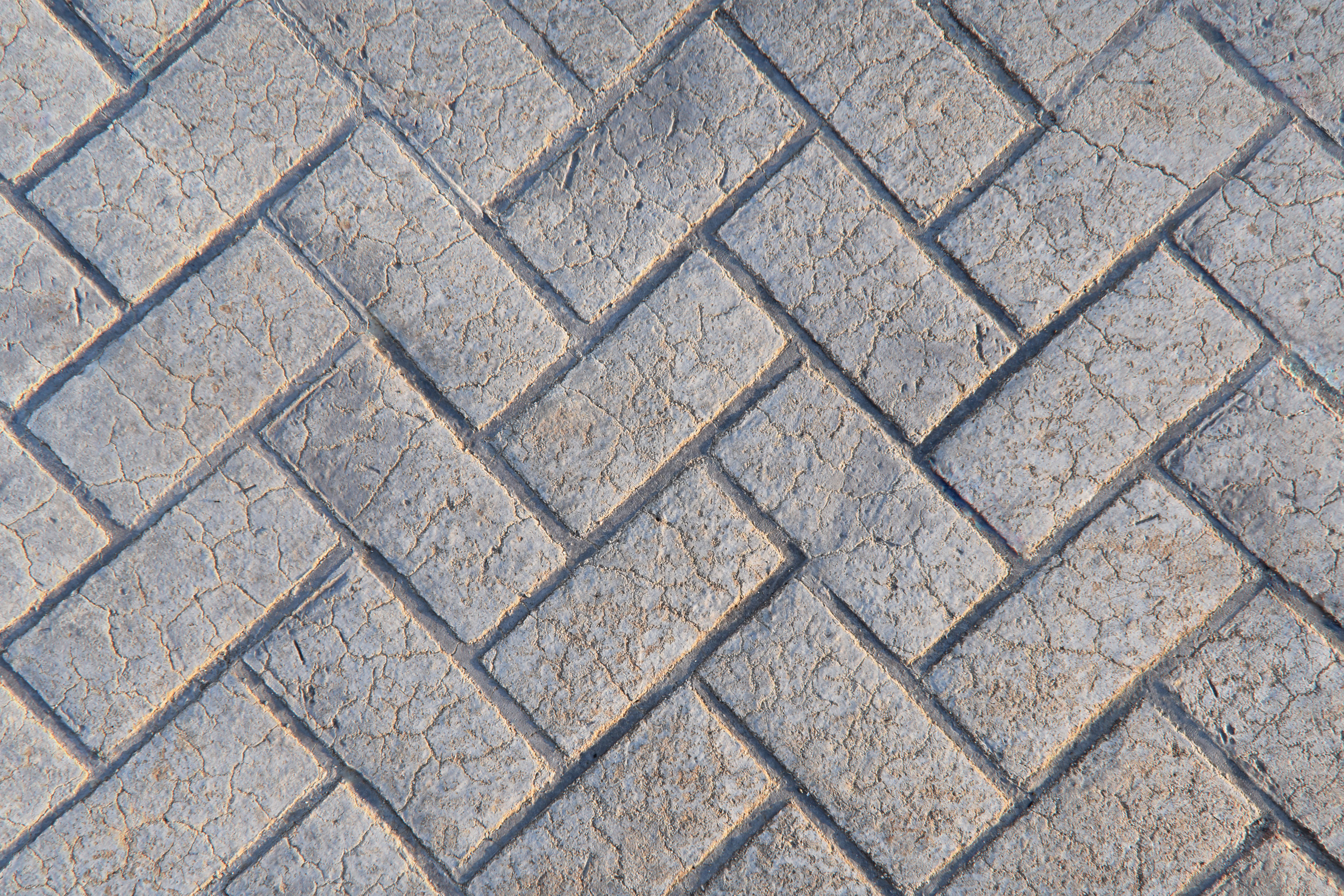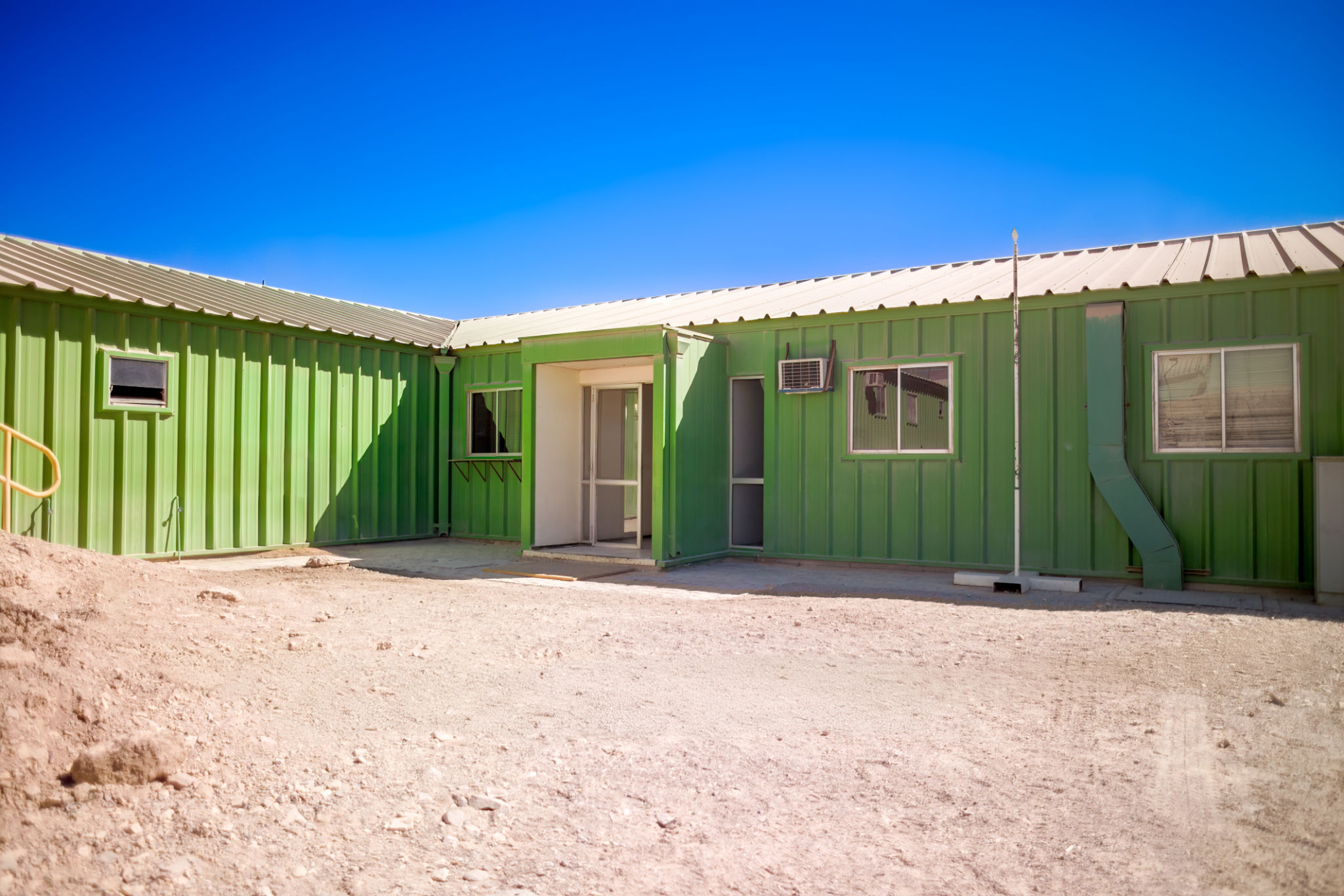Common Misconceptions About Concrete: Debunking Myths
Understanding Concrete's Durability
Concrete is often misunderstood as a fragile material that easily cracks and crumbles. However, this could not be further from the truth. Concrete is one of the most durable materials available for construction. Its longevity can be attributed to its unique composition and the chemical reactions that occur as it sets and strengthens over time. With proper maintenance, concrete structures can last for decades, even centuries.
Many people also believe that concrete is an impermeable material. While it is true that concrete can resist water penetration to a certain extent, it is not completely waterproof. Concrete is naturally porous, which means that water can seep into it and cause potential damage if not properly treated or sealed.

The Myth of Concrete's Lack of Versatility
A common myth about concrete is that it lacks versatility and aesthetic appeal, being limited to dull gray structures only. In reality, concrete is incredibly versatile. It can be molded into various shapes and sizes and can be colored, polished, or textured to create visually appealing surfaces. From decorative flooring to intricate architectural designs, concrete offers an array of possibilities for creative expression.
Furthermore, the perception that concrete cannot be eco-friendly is misleading. Concrete can be an environmentally friendly choice, especially when made with sustainable materials and methods. Recycled aggregates and industrial by-products can be incorporated into concrete mixtures to reduce the carbon footprint of construction projects.

Addressing Concerns About Concrete's Coldness
Another misconception about concrete is that it feels cold and unwelcoming underfoot. While it is true that concrete can feel cool to the touch, this can be an advantage in warmer climates where keeping spaces cool is beneficial. Additionally, modern technologies such as underfloor heating systems can transform concrete floors into comfortable, warm surfaces.
Many homeowners are surprised to learn that concrete can contribute to energy efficiency. Due to its thermal mass properties, concrete can absorb heat during the day and release it at night, helping to regulate indoor temperatures and reduce energy consumption.

The Truth About Concrete's Cost-Effectiveness
It's a common belief that concrete is an expensive building material. While initial costs may seem high compared to other materials, concrete's durability and low maintenance requirements make it a cost-effective option in the long run. The need for less frequent repairs or replacements translates into significant savings over time.
Moreover, concrete's ability to withstand extreme weather conditions means fewer disruptions and lower repair costs following adverse events. Investing in concrete may require a higher upfront expense, but the return on investment through longevity and resilience makes it a wise choice.

Conclusion: Rethinking Concrete
Dispelling these common misconceptions about concrete allows us to appreciate its true potential and value in construction. From its durability and versatility to its eco-friendliness and cost-effectiveness, concrete proves to be a robust material that continues to stand the test of time.
With innovations in technology and design, concrete remains at the forefront of modern architecture, proving that it is much more than just a simple building material. By understanding the realities of concrete, builders and homeowners alike can make informed decisions that benefit both their projects and the environment.